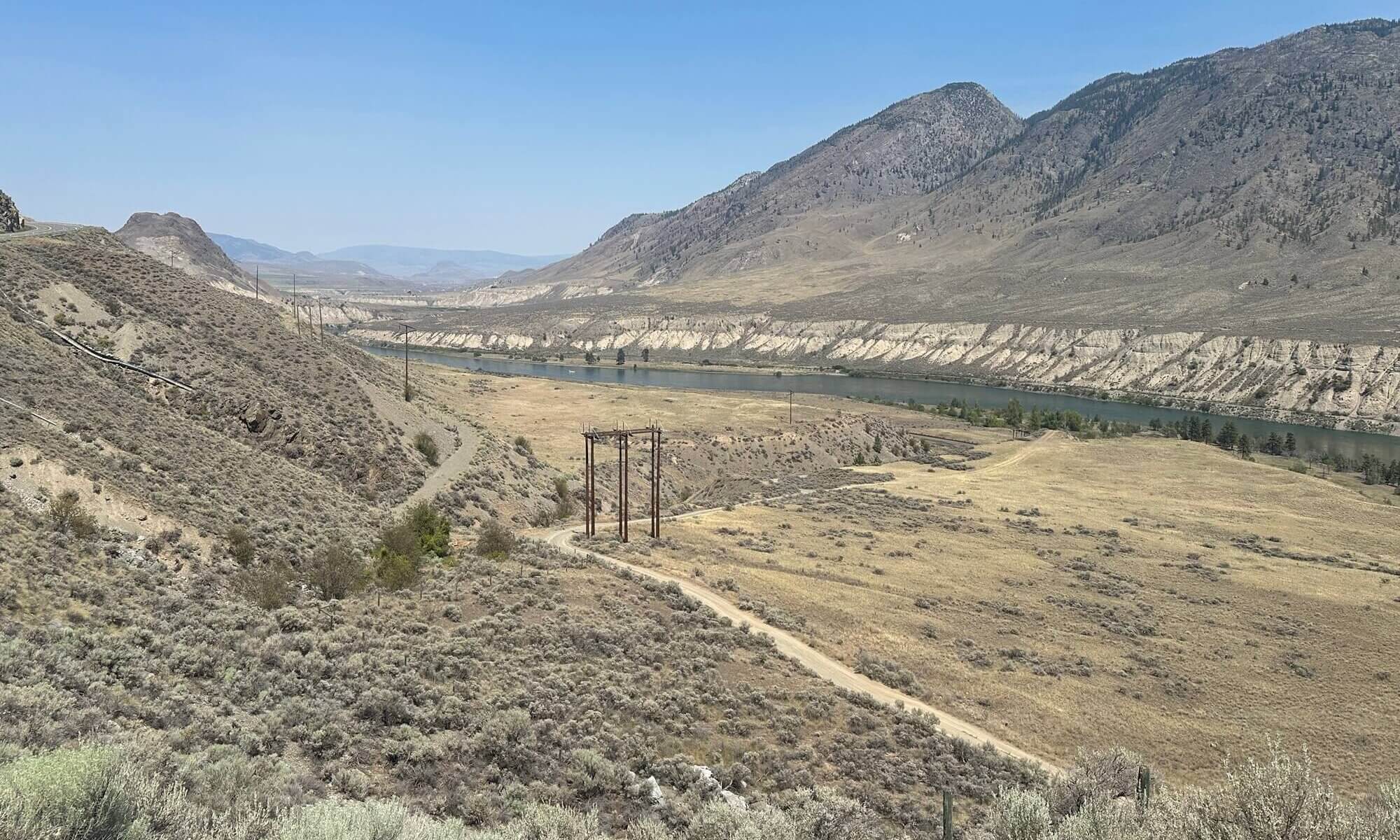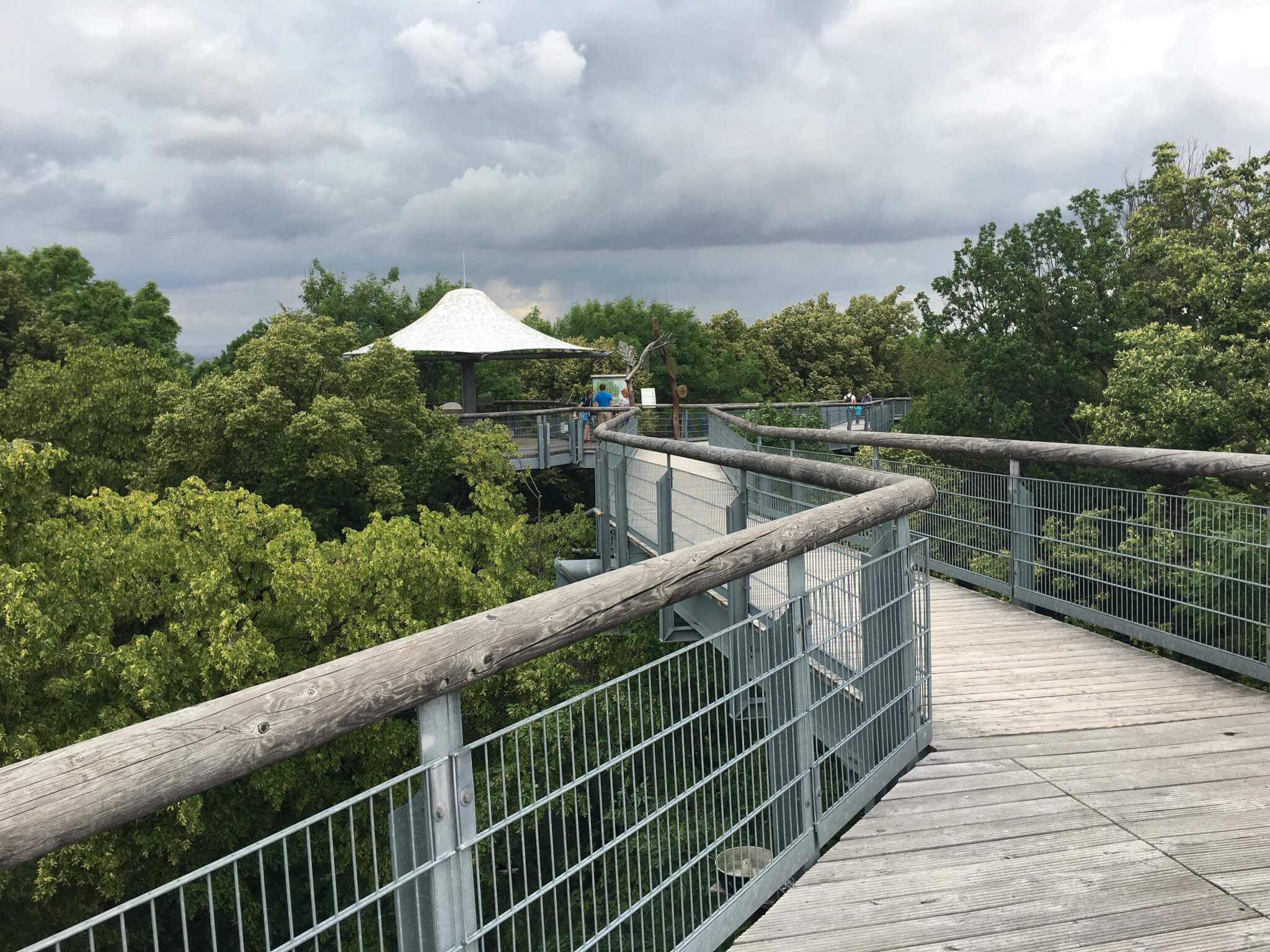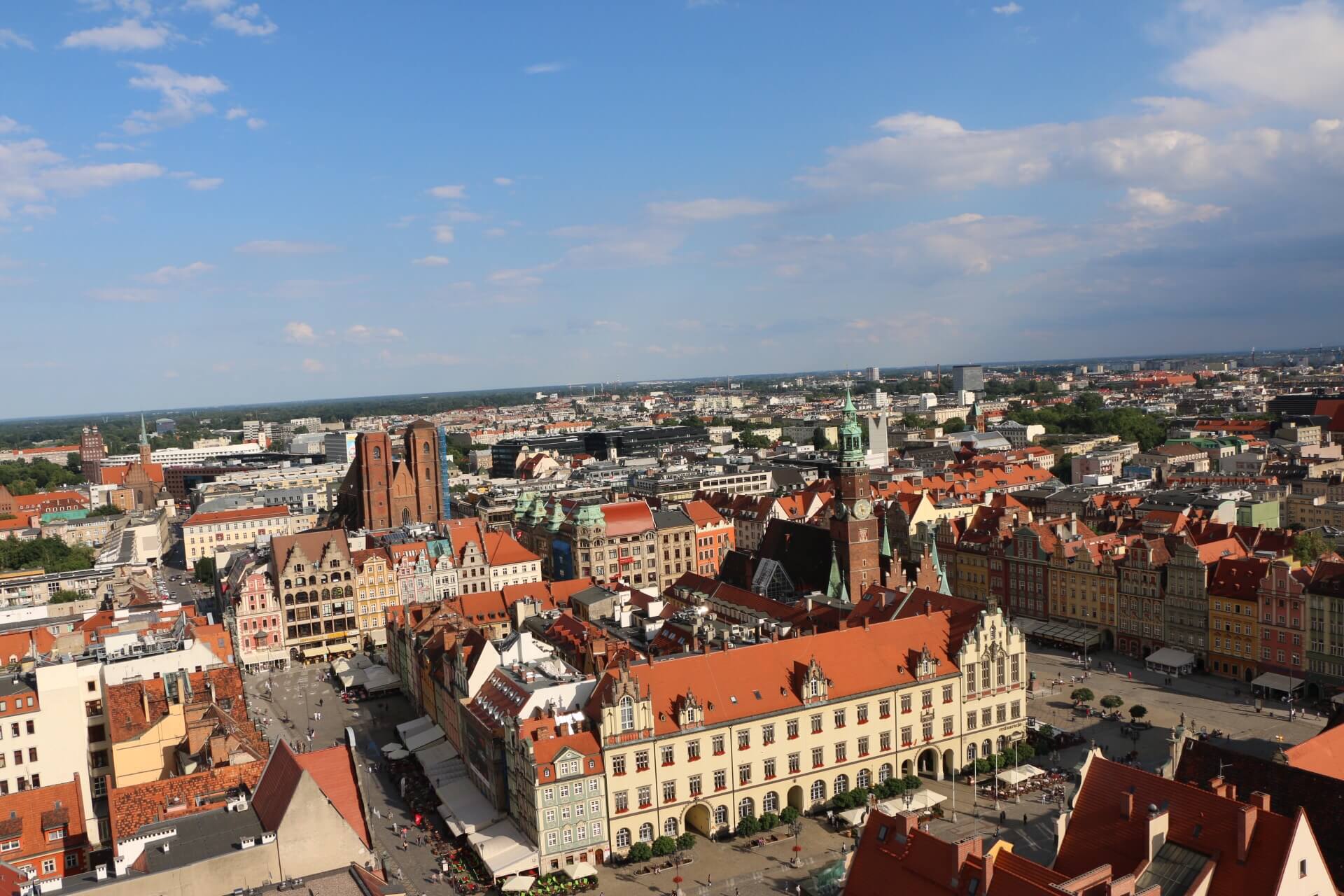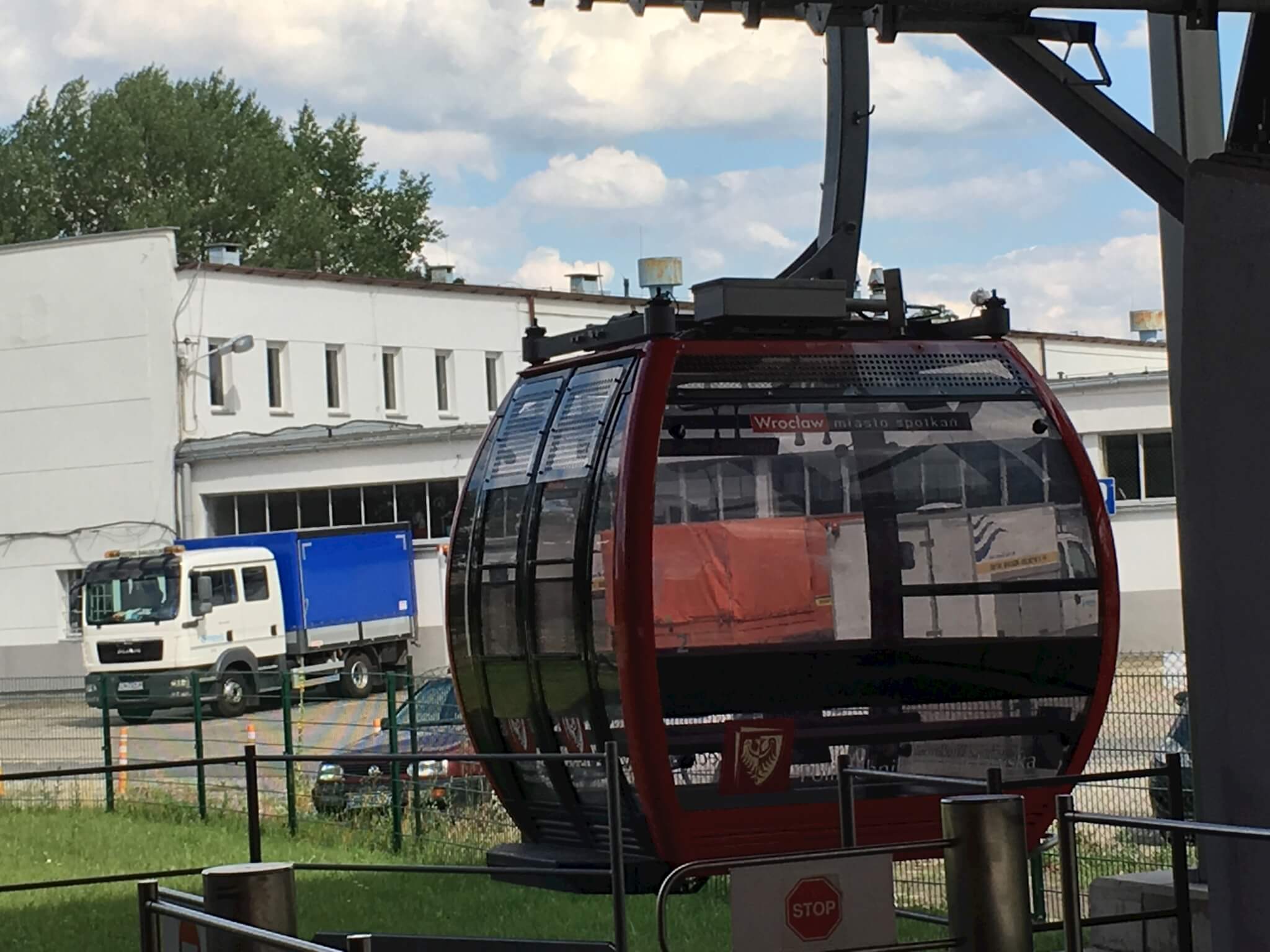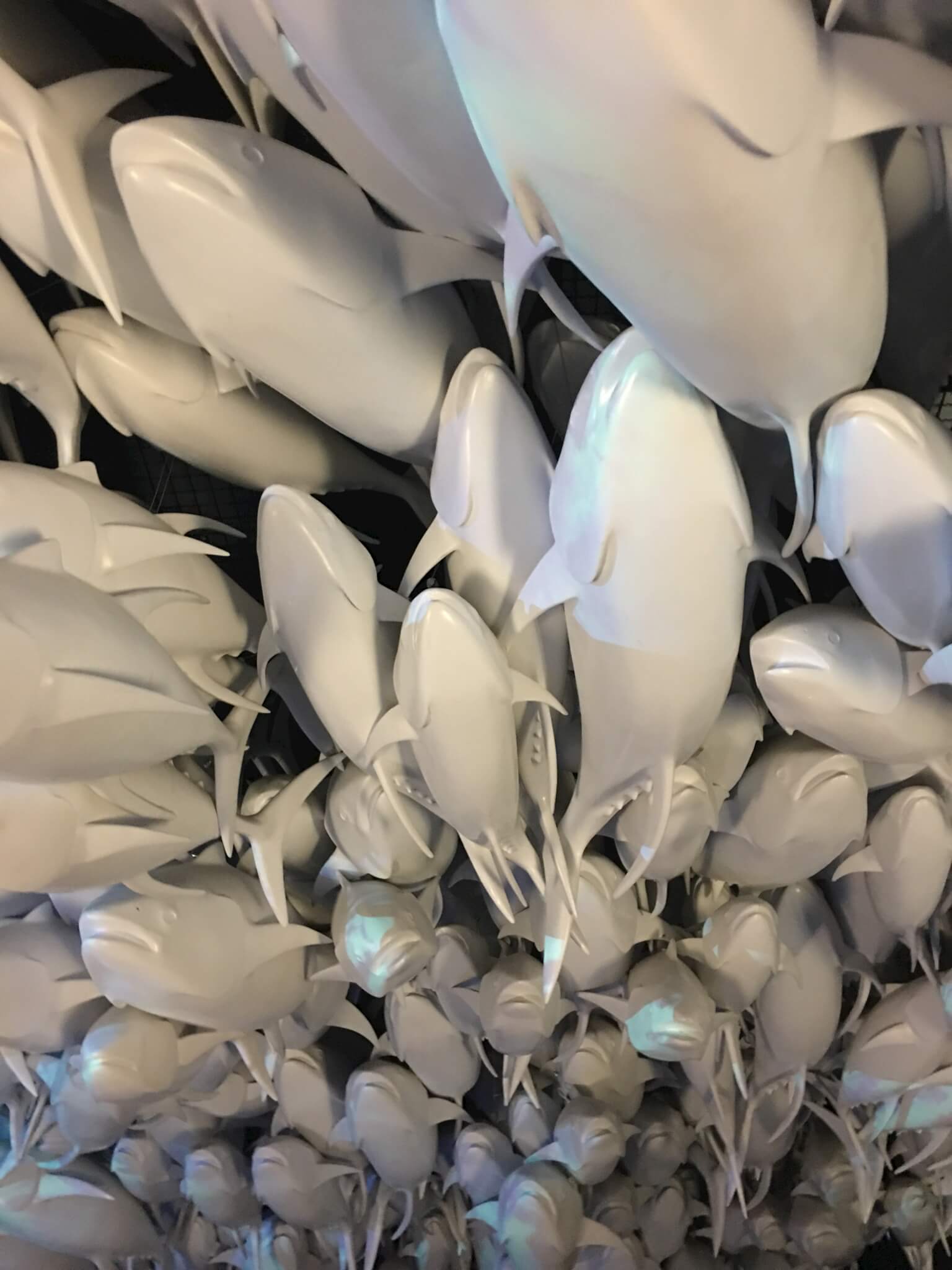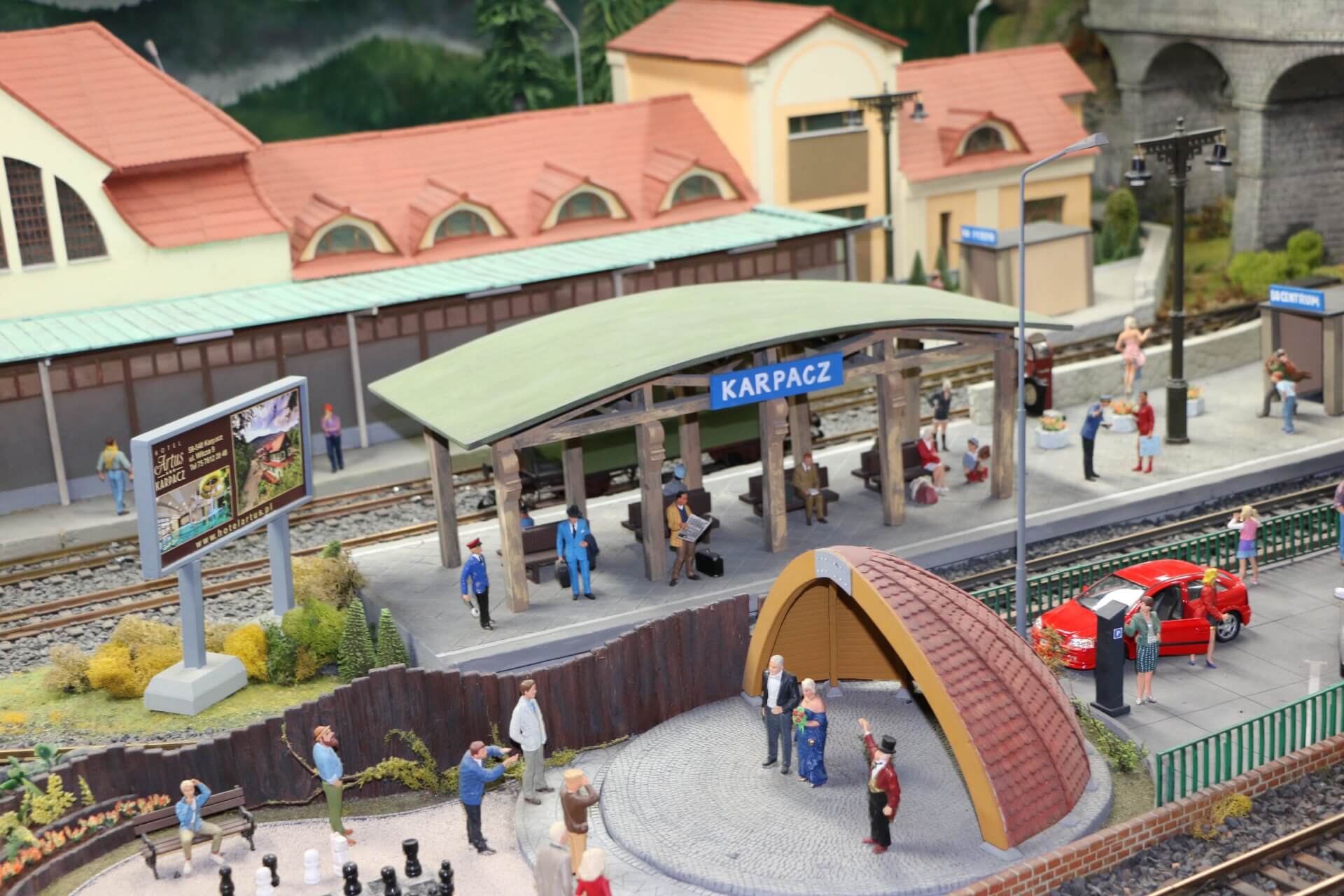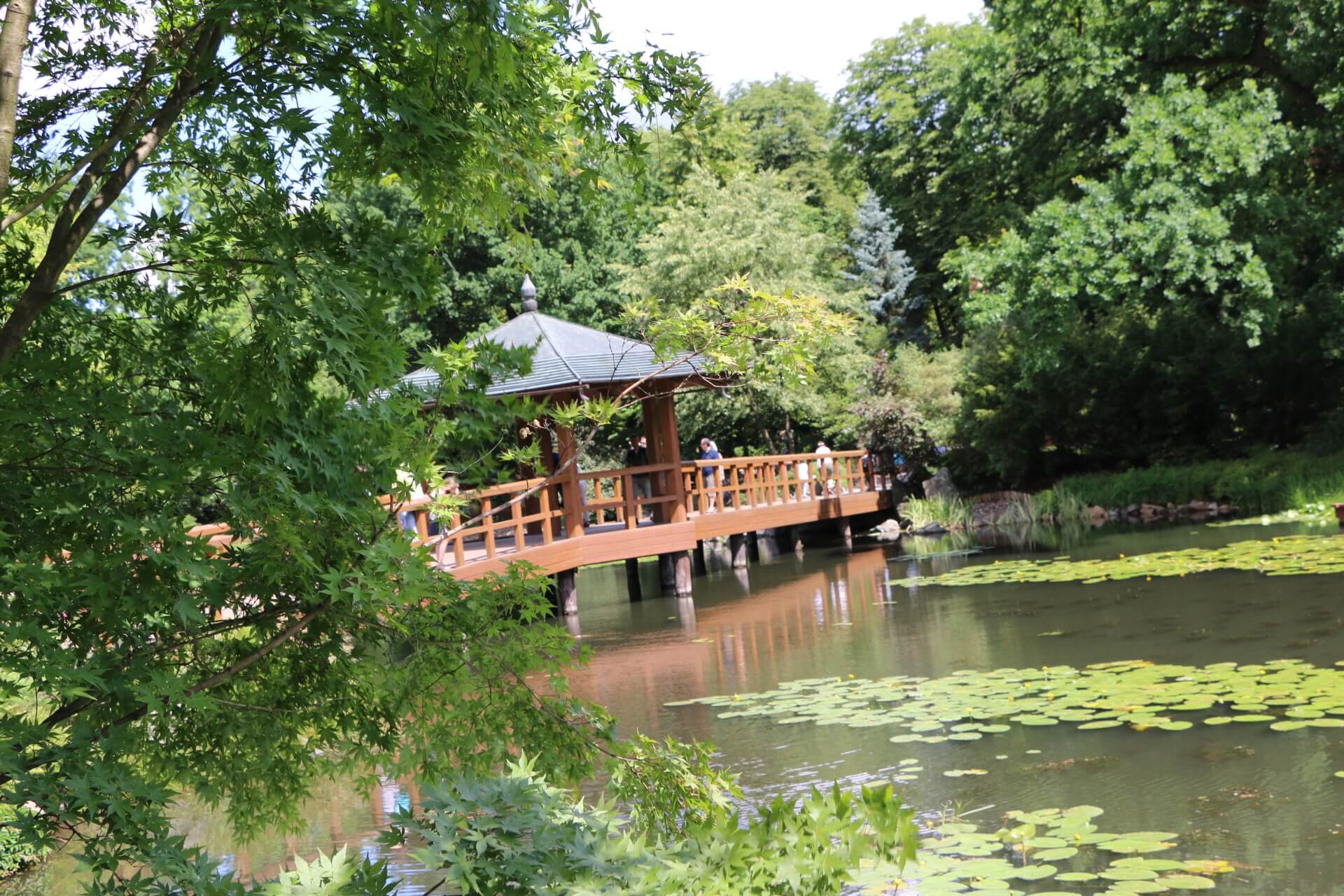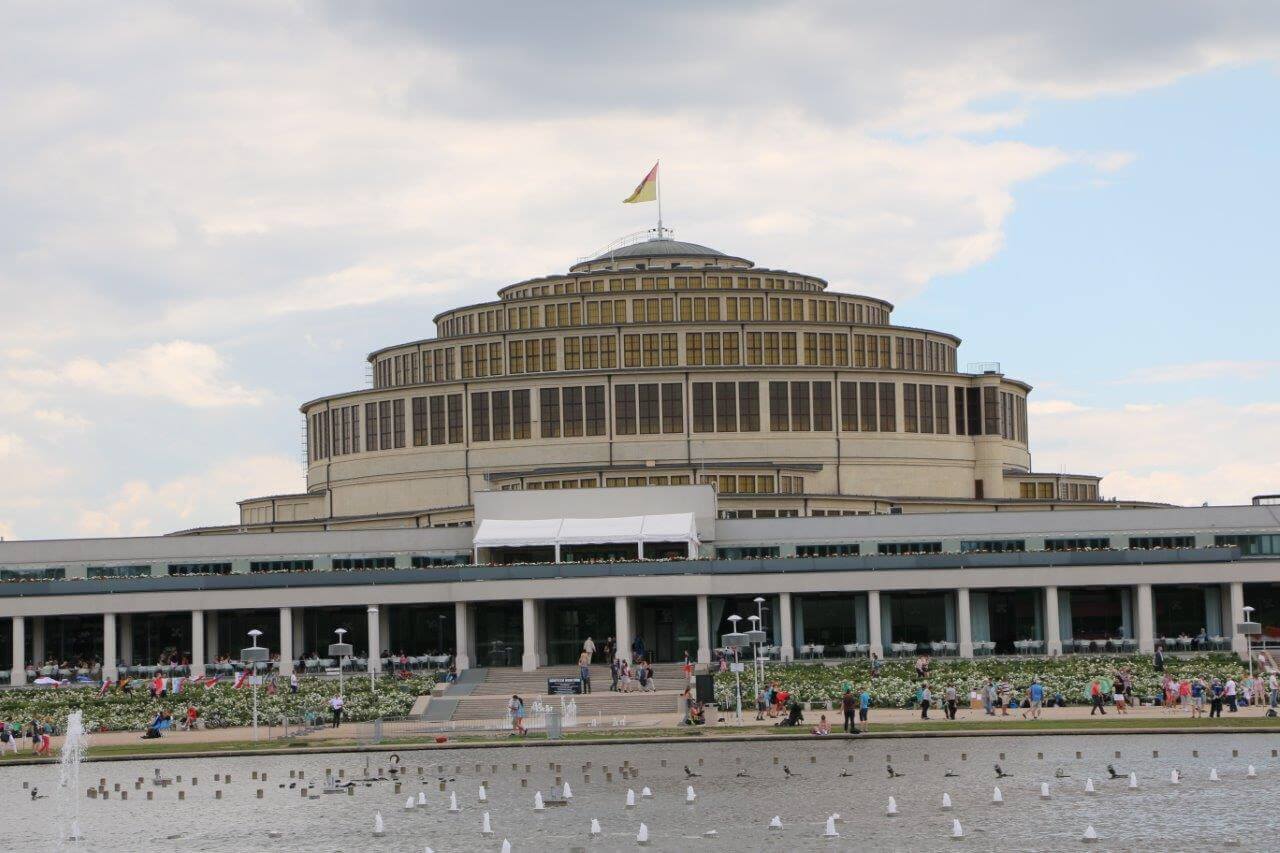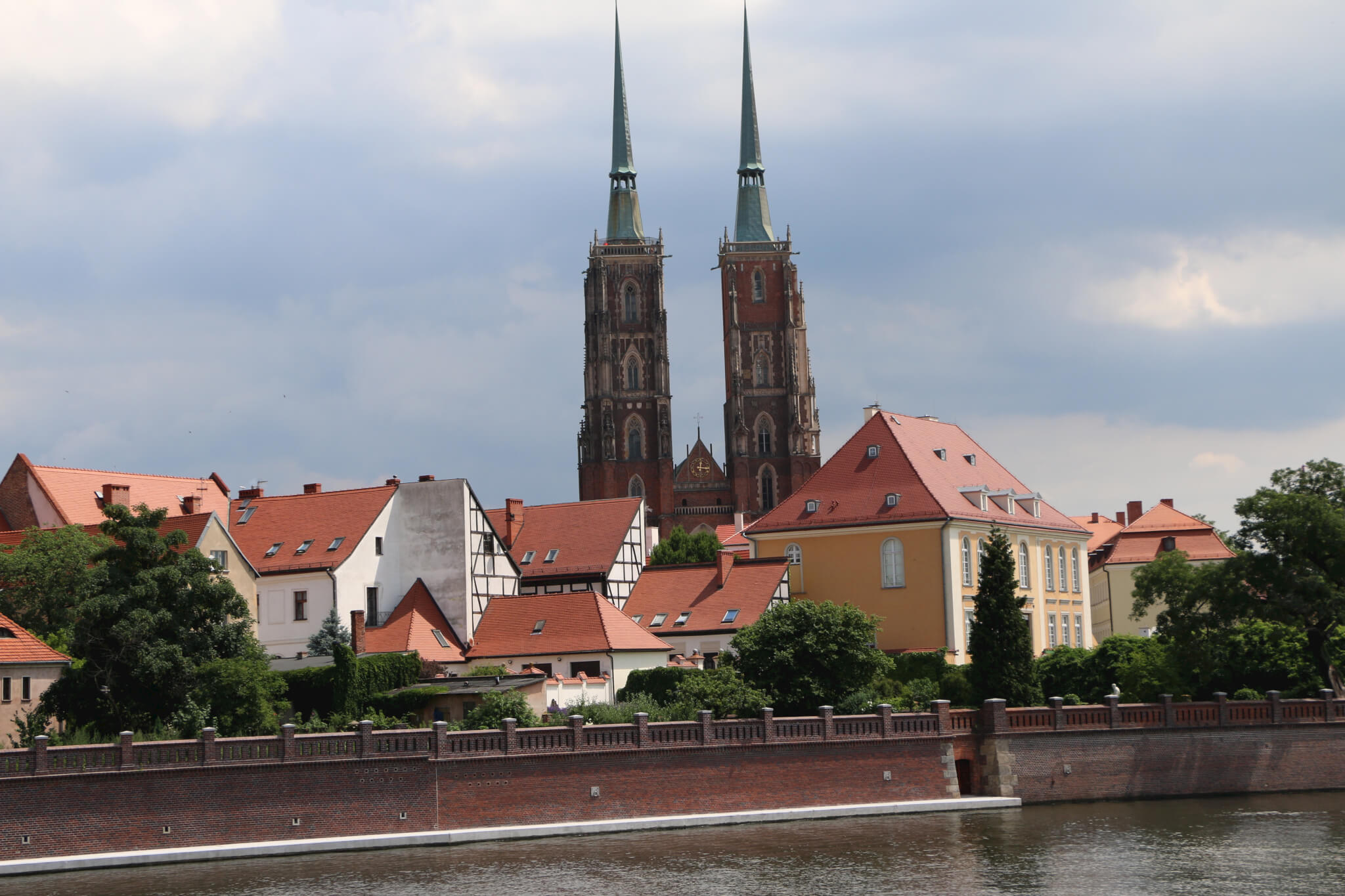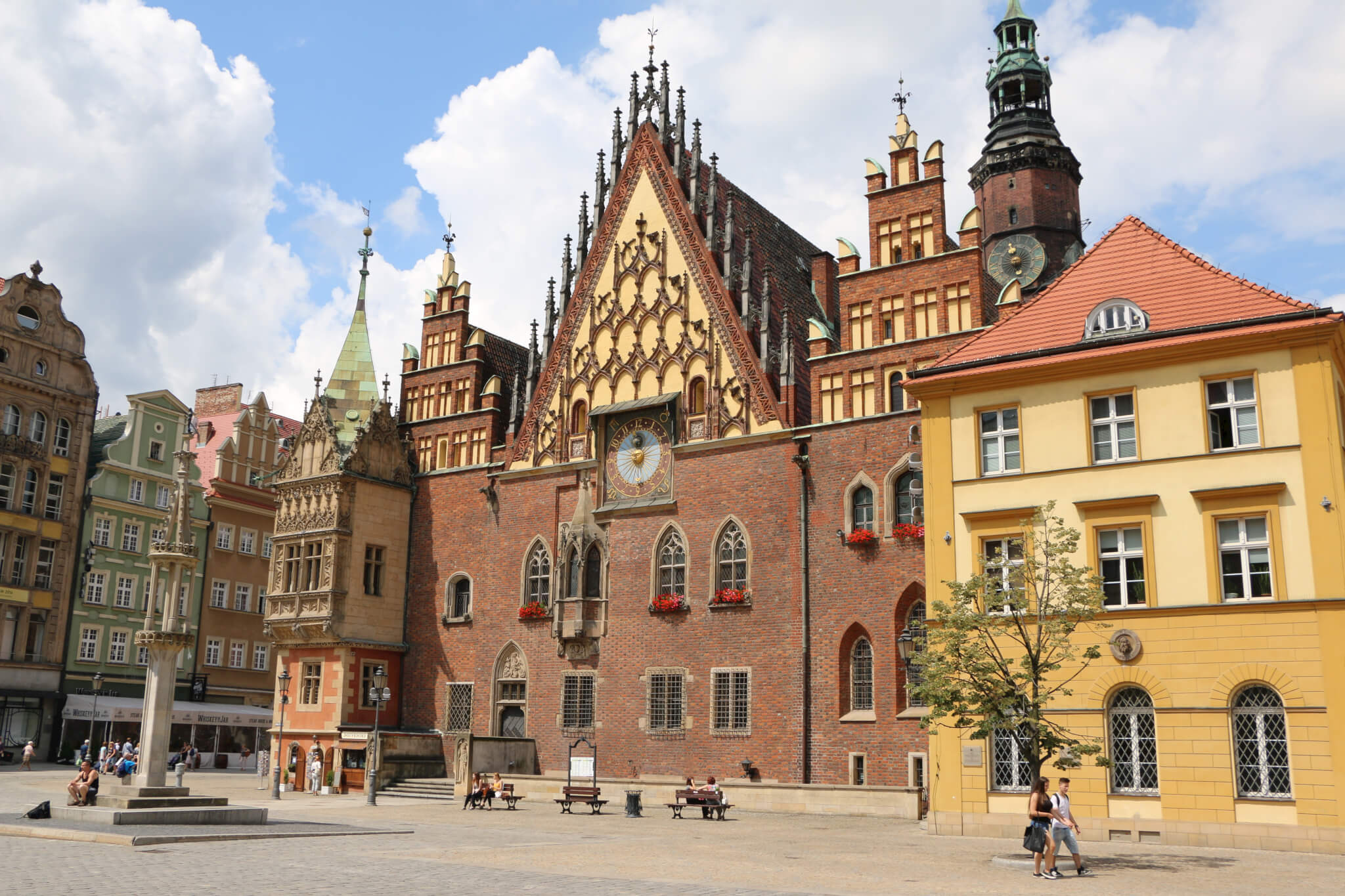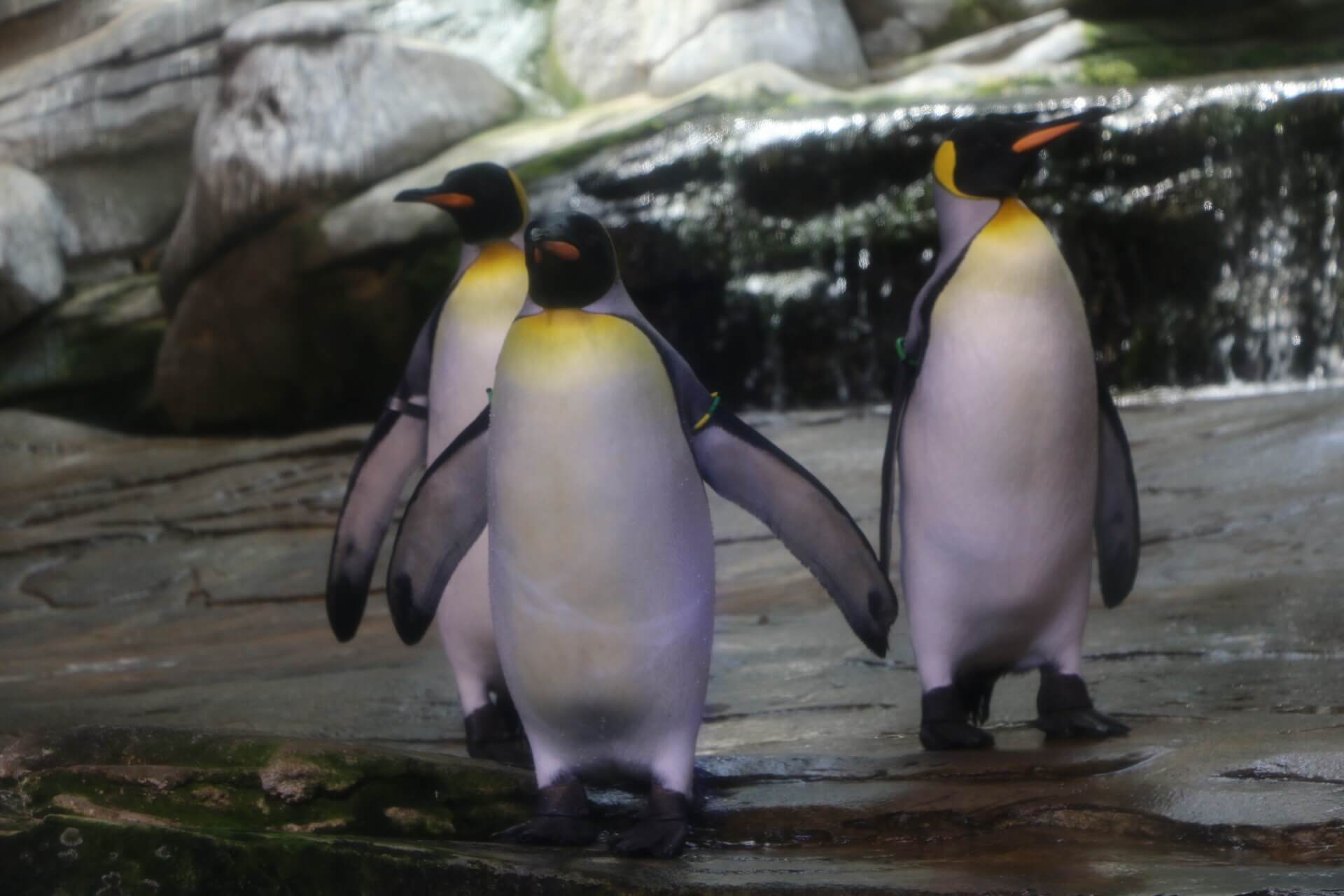The national park of Hainich in Thüringen, Germany offers old virgin forests. People get there for hiking but it gained another tourist magnet in 2005: A high metal path leading through the treetops. Two tracks with a length of 250 meters each are situated in the top and above the trees. It is much like the path in Bad Harzburg, Germany but also very different. Continue reading “Playground in the trees”
Świętej Elżbiety
The church Świętej Elżbiety (St. Elisabeth) can be found close to the Ratusz and Rynek of Wrocław, Poland. It is made of red brick and it was until 1946 the main protestant church of the city. It can host up to 2.000 worshippers and is one of the biggest churches in Silesia. Continue reading “Świętej Elżbiety”
Polinka
Maybe the university of Wrocław, Poland is the only one in the world having their own cable car. As two areas of the campus of the university are separated by river Odra this cable car has been built. If you park in Na Grobli street and cross the river you can find a small sand beach and a nice place to relax (even though there is no gastronomy). Continue reading “Polinka”
Hydropolis
The Hydropolis is the newest attraction of Wrocław, Poland. It is a museum for a very important element: water. On 40.000 square meters it shows everything about water, from the creation of water, the existens of water on other planets and life in the deep sea to the water systems in modern cities and the usage of rivers and oceans. Continue reading “Hydropolis”
Kolejkowo
It is called the biggest miniature railway in Poland – compared to German installations like the Miniaturwunderland in Hamburg, Kolejkowo in Wrocław is rather small. But it is fun! Located in a former railway station next to the city center it offers different scenarios on two levels. Continue reading “Kolejkowo”
Japanese garden
The Japanese garden of Wrocław, Poland is part of the park Szczytnicki and located close to the centennial hall. You’ll have to pay a fee to visit this place but it is worth the price: you’ll find a typical Japanese stone garden, a lake, bridges and a Japanese house. It has been created in 1913 and changed multiple times afterwards. Continue reading “Japanese garden”
Centennial hall
The centennial hall in Wrocław, Poland is located a bit outside of the center – between the zoological garden and the park Szczytnicki, a nice place for a long walk. You can reach the area conveniently by street car. The Hala Stulecia has been built as the Jahrhunderthalle (while the city has been called Breslau) between 1911 and 1913. Continue reading “Centennial hall”
Archikatedra św. Jana Chrzciciela
The cathedral of Wrocław, Poland is located outside of the city center but it is a very nice walk over there because you’ll have to cross a beautiful river island and nice bridges. The church named after St. John the baptist has been built from 1244 on in gothic style. Continue reading “Archikatedra św. Jana Chrzciciela”
Ratusz and Rynek
The town hall or Ratusz is the town’s landmark of Wrocław, Poland. The first document showing its existence dates back to the year 1299 and over the years it served for administration tasks and as a court – today it is a museum. The building is located on one edge of the Rynek, a ring in the city center that is in fact a square. Continue reading “Ratusz and Rynek”
Berlin Zoo
The “Zoologischer Garten Berlin” is the oldest zoological garden in Germany. Martin Hinrich Lichtenstein, zoologist of the Friedrich-Wilhelms-Universität Berlin (today: Humboldt-Universität zu Berlin) persuaded king Frederick William IV of Prussia in 1841 to give money and land for a zoological garden. Today 18.000 animals of 1.400 species are living there. Continue reading “Berlin Zoo”
